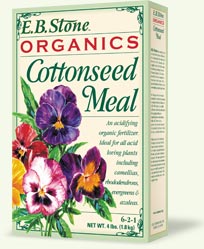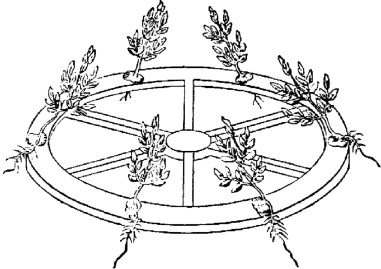A couple of days ago I read a journal article which seemed to show that certain individuals could, using some sort of mind powers, called biofield treatments, influence the growth of plants. You can read the article here.
In case you were wondering what goes through my mind when I read something like this, let me tell you: The first thing that enters my head are skeptical thoughts. I try to get rid of these quickly though, because I believe that, as a scientist, it is my job to critically evaluate the science behind the paper without letting my own preconceived notions influence me. It’s also important to remember when reading a paper like this, which challenges preconceived notions, that this paper has gone through a significant review process. This process does not guarantee that the paper is perfect, but it does mean that some other scientists somewhere have concluded that the paper is worth something.
OK, so now you know what goes through my head. Next question, after reading the paper am I convinced that powers of the mind can actually make plants grow bigger and have greater yields? The simple answer is no. There are a lot of things that are going on here that are just odd and which raise questions, and without answers to these questions I find it difficult to believe that everything is occurring exactly as indicated in the article. Yes, something appears to be going on, but whether it is due to “biofield treatments” isn’t clear. To begin with, I’d like to have soil tests showing the nutrient status of the soil prior to the experiments. I’d also like to see a nutrient analysis of the foliage of the plants at the conclusion of the experiment. It is odd to have added the nutrients that the researchers added to test plots and to see no effect – unless a biofield treatment was used. It also seemed odd to me that plants wilted when there was drip irrigation there. And it seemed odd that the fertilizers used weren’t described better. There were other things I was interested in knowing too, but I won’t bore you.
Another thing I noticed is that one of the authors of the article is actually a member of the foundation which paid for the research to be conducted — and is, in fact, the corresponding author (in other words, the author who you should contact should you have any questions). This isn’t “against the law” or anything, but it is odd.
As a scientist it is my responsibility to acknowledge the possibility that these biofield treatments had some effect on plant growth, but to actually convince me that they did you need to write an article that is rock solid with no opportunity to say “But what about….”. Right now this paper just doesn’t do that. Too many odd things going on.

